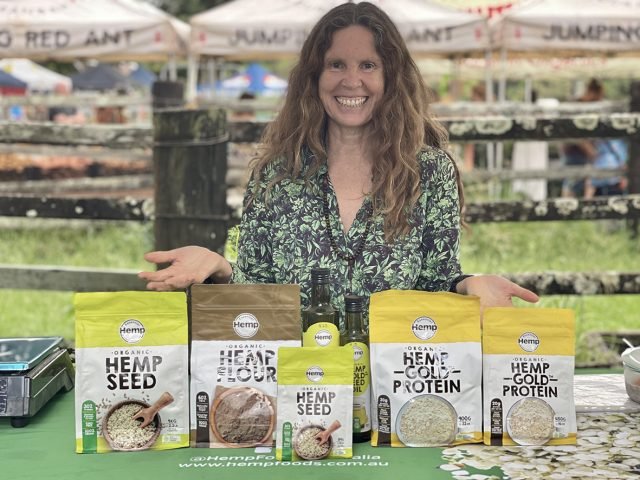In a world where environmental consciousness is paramount, the spotlight is increasingly turning towards sustainable living practices. One such revolutionary player in this movement is hemp, a versatile and eco-friendly resource that is reshaping the landscape of sustainable living. This article explores the myriad ways in which hemp is contributing to sustainability and redefining the way we approach an eco-friendly lifestyle.
Unveiling the Green Warrior: Hemp
Hemp, derived from the Hemp sativa plant, has been a historical companion to humanity for thousands of years. However, its potential as a sustainable resource has only recently gained the attention it deserves. Unlike its cousin, hemp contains negligible levels of THC, the psychoactive compound responsible for the “high” associated with hemp. This makes hemp a viable and legal source for a multitude of eco-friendly products.

The Eco-Friendly Arsenal of Hemp
1. Biodegradable Wonder: Hemp Plastics
Traditional plastics have long been a bane for the environment, taking centuries to decompose and leaving a lasting footprint. Hemp plastics, on the other hand, are a game-changer. Derived from hemp fibers, these plastics are not only biodegradable but also possess strength and durability. From packaging materials to everyday items, hemp plastics are gradually replacing their environmentally harmful counterparts.
2. Building a Sustainable Future: Hempcrete
Construction is a significant contributor to environmental degradation. Enter hempcrete, a sustainable alternative to traditional concrete. Hempcrete is made from the inner woody fibers of the hemp plant, creating a material that is not only carbon-negative but also possesses excellent insulation properties. Embracing hempcrete in construction projects can significantly reduce the carbon footprint of buildings.
3. Fashioning Sustainable Style: Hemp Clothing
Fast fashion’s detrimental impact on the environment is no secret. Hemp clothing offers a sustainable and stylish alternative. Hemp fibers are not only durable but also require fewer pesticides and water than conventional cotton. The fashion industry is gradually recognizing the potential of hemp, with eco-conscious consumers opting for clothing that aligns with their values.
4. Nutritional Powerhouse: Hemp as a Superfood
Beyond its applications in materials and textiles, hemp emerges as a nutritional powerhouse. Hemp seeds are rich in protein, essential fatty acids, and various vitamins and minerals. Incorporating hemp-based products into our diet not only promotes personal health but also reduces the environmental strain caused by conventional agriculture.
The Regulatory Landscape
While the potential of hemp in promoting sustainability is undeniable, navigating the regulatory landscape is crucial. Many regions are still catching up with the eco-friendly possibilities hemp presents. Advocacy for hemp-friendly policies and consumer education is essential to accelerate the adoption of this green marvel. Come and check their web site for additional tips and ideas about hemp.
Conclusion: Embracing Hemp for a Greener Tomorrow
Hemp is not just a plant; it’s a beacon of hope for a more sustainable future. From construction to fashion, and nutrition to plastics, hemp’s versatility is reshaping industries and fostering a more eco-conscious lifestyle. As we navigate the challenges of the modern world, embracing hemp is a step towards redefining how we live and coexist with our planet.








